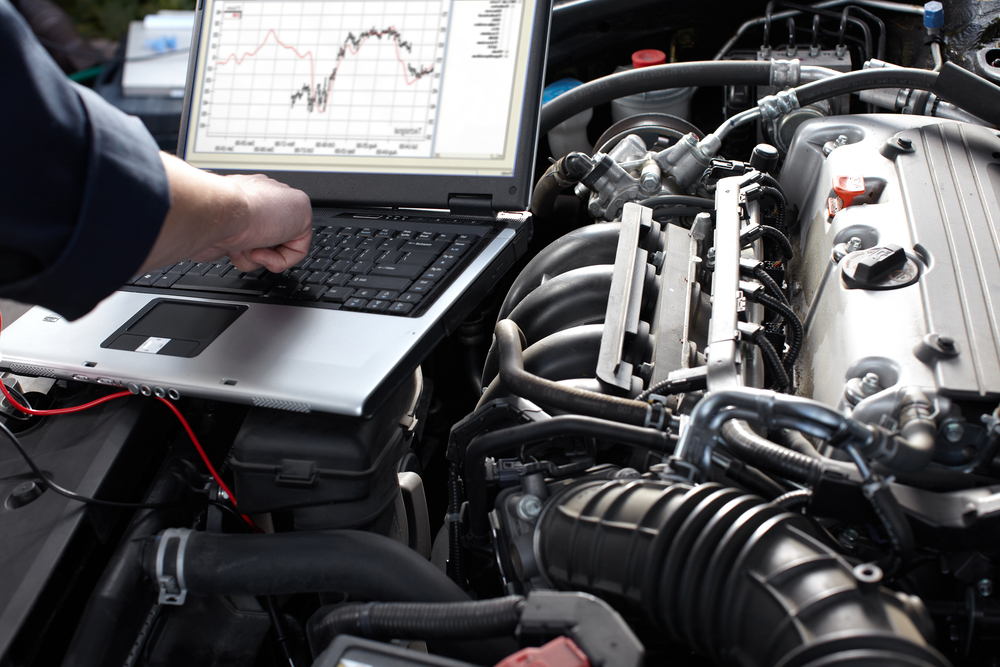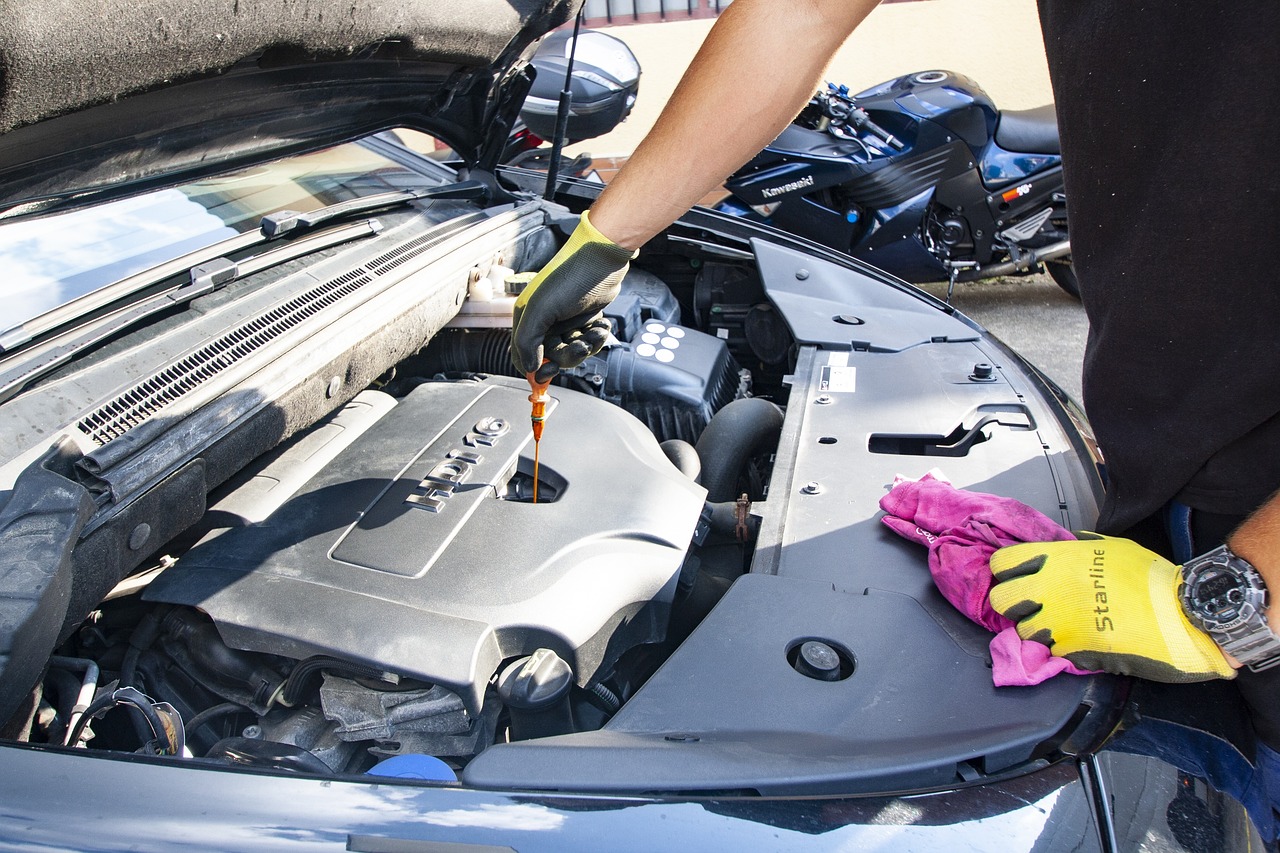Our patient today is a 2004 Volvo XC90 with a 2.9L 6 cylinder and automatic transmission. The customer’s complaint was that of a check engine light and a harsh 1-2 shift concern. Upon initial diagnosis, our technician pulled 11 trouble codes from the on-board computers.
- 400C evap leak
- 530D TCM faulty signal
- 2000 ECT faulty signal
- 000A power supply voltage
- 0007 hydraulic pressure fault
- 0006 faulty pump
- P0733 incorrect 3rd gear
- P0734 incorrect 4th gear
- P0456 evap leak
- P0700 TCM request MIL on
- P0116 ECT performance
On the test drive, our technician heard clicking in the left front when turning and heard a clunk over bumps. He also verified the shifting concern. After doing some research, it turns out this is a known issue on this particular vehicle.
This is a picture of the left front axle shaft. See that bolt in the end of it? It can be accessed by removing the center cap on the wheel. On ours, we removed this bolt and transmission fluid (dirty fluid at that) came pouring out.
That fluid should be bright red, like the one on the right pictured below:
It turns out, these axles are hollow (the early axles are drilled all the way rough to the end plug, but the later ones are not and you can’t tell simply by pulling the bolt like we did) and the only thing keeping the transmission fluid out of them is a freeze plug on the inside of the axle. On the later axles, you’ll have to remove the axle to know for sure if cross contamination has occurred.
Per Volvo’s TS, dated 9-11-09: “When diagnosing an oil leak from the left front axle, a transmission shifting complaint, or a DTC set in the TCM, it is important to check that the frost plug inside the axle has not fallen from its location. When the frost plug falls from its location, axle grease can mix with ATF (Automatic Transmission Fluid)…”
This is bad. Transmission fluid in the CV joint will destroy the joint, and grease from the joint in the transmission can destroy the transmission. The fluid channels in a transmission are very small, and grease can find its way into these passages and plug them up, causing transmission concerns.
Flushing the transmission and replacing the axle shaft is your first route, though if you’re experiencing transmission concerns like ours is, it could already be too late. Our customer hasn’t pulled the trigger on this yet, but he may end up having to replace the transmission unless this was caught soon enough and no damage has occurred.



